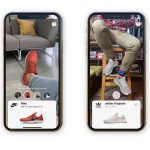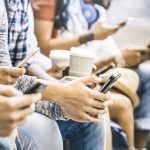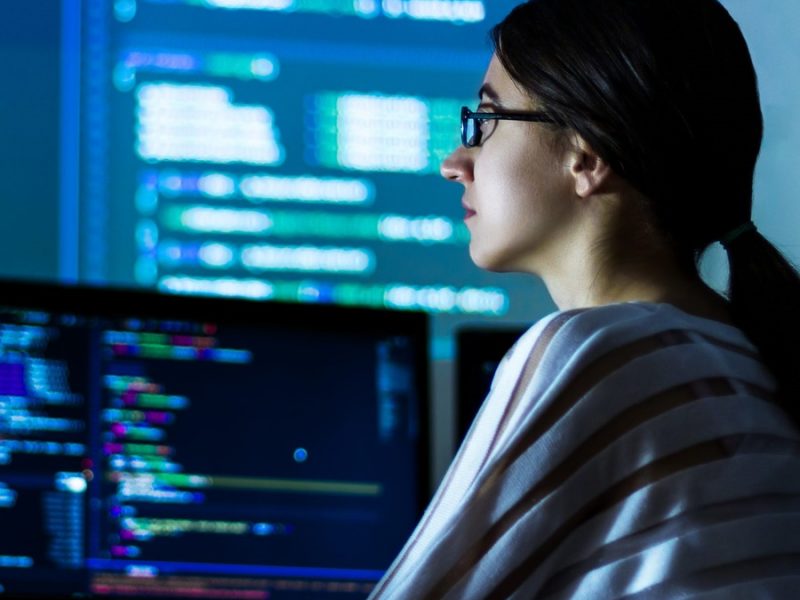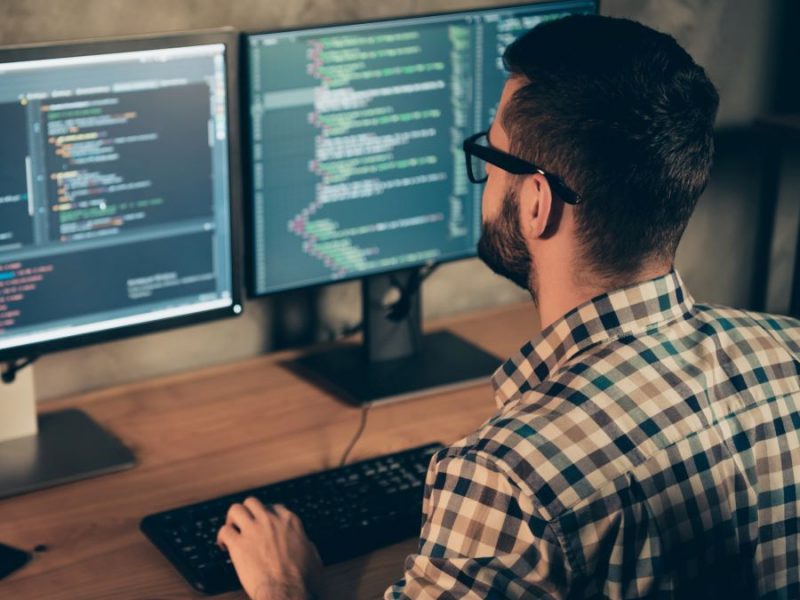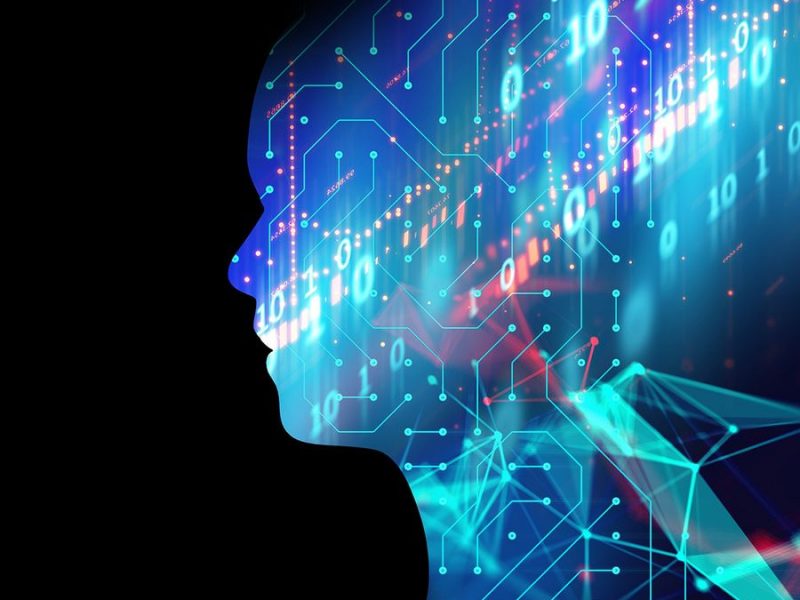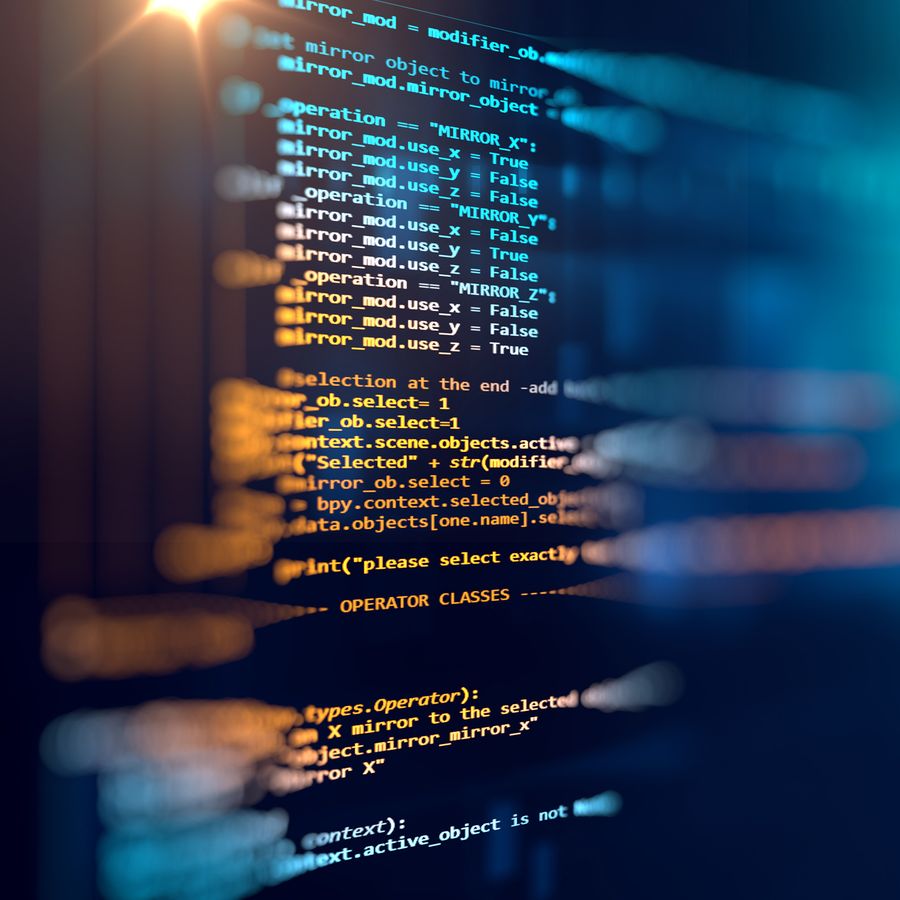
What will software look like if anyone can create it?
In 2008—back when Netflix was delivering DVDs by mail—I decided to join Google’s latest acquisition, a video platform called YouTube. It’s hard to imagine now, but back then a lot of people were skeptical of YouTube. To them, it was full of grainy cat videos and was losing money at a torrid rate. I saw it differently.
Two months in, I was asked to give a speech to a roomful of industry executives. I started with a sentence that would become my rallying cry for the next decade: “Online video will do to cable what cable did to broadcast.”
I explained how we used to have only three channels on broadcast TV, then cable came along and nobody knew why we’d want 300. Soon, I said, just as we’d gone from 3 to 300, online video would take us from 300 to 3 million—hopefully on YouTube.
People in the room responded with empty stares. It sounded outlandish that YouTube would name itself in the same sentence as ESPN, CNN, and MTV. At that time, we were being compared to MySpace or Flickr, not a challenger to Hollywood.
I was confident in this statement because I was watching the proof points pile up. Every day, I heard about an unlikely person gaining a million subscribers overnight. Who would have expected that a 13-year-old boy singing covers in his parents’ living room would lead to Biebermania?
My favorite story of unlikely success, however, was my college friend Sal Khan. Sal started posting YouTube videos as a way to tutor his niece. The videos he posted were simple screencasts of him solving algebra problems—basically the opposite of the type of programming you’d see on TV. But people loved it. One night over dinner, Sal asked me if this viewership he was seeing was real. And if it was, should he quit his stable job as a hedge fund analyst and devote himself to it full time. Sal’s wife (pregnant at the time) gave me a piercing look. I told him I couldn’t promise anything but that I was betting my career on online video. Sal quit, and Khan Academy is now one of the largest educational networks on the planet.
Makers like Sal weren’t just cropping up on YouTube; they were emerging in multiple parallel industries. They were on Etsy selling their crafts. They were on Airbnb, opening their own bed and breakfasts. I think you could categorize Fortnite and Minecraft in this trend too: Even in gaming, people were designing their own experiences.
In all these instances, platforms stepped aside and allowed their communities of users to turn themselves into communities of makers.
I call this the Maker Generation.
And I predict they’ll be taking on software next. These makers won’t just be engineers in Silicon Valley; they’ll be problem-solvers and tool-makers, from places as wide and unexpected as the ones YouTubers came from.
In the early days of computing, software was built by hobbyists. Think Homebrew Computing Club, Steve Jobs, Wozniak, Gates. Among them there was a collective sense that this bright new technology would allow anyone to make what they wanted.
But then came SAP and we saw a shift to the mega-application software companies. In this generation, an IT team would buy one big system for the whole company, which attempted to solve every problem.
Then in the 2000s, we saw an explosion of packaged apps. In the business world, this was called SaaS (software-as-a-service). If you had a problem, you didn’t have to consult IT, you could take your credit card to places like Salesforce.com and buy one of their many specific solutions. Teams were free to pick their own “stack” of software to help them get their jobs done. And meanwhile, we’re scrolling through the four million apps on the App Store and Play Store on our phones and tablets.
There’s a well-known Marc Andreessen sound bite: “Software is eating the world.” The explosion of apps has shaped every aspect of our modern lives—our work, our communication, our transportation, our financial systems, and even our food production. Isn’t it weird that such a huge part of our world is made by such a small group of specialists?
I think software is entering a new phase with its own version of the Maker Generation—people won’t want to buy one-size-fits-all solutions made by others, they’ll want to make it themselves. To put it back in Marc’s terms of software is eating the world, soon makers will be eating software.
For the past couple decades, the software industry has struggled with this democratization. I’d argue, it’s because of its interface.
Bret Victor, a futurist and former Apple designer, has a great analogy about math: “Have you ever tried multiplying roman numerals? It’s incredibly, ridiculously difficult. That’s why, before the 14th century, everyone thought that multiplication was an incredibly difficult concept, and only for the mathematical elite. Then arabic numerals came along, with their nice place values, and we discovered that even seven-year-olds can handle multiplication just fine. There was nothing difficult about the concept of multiplication — the problem was that numbers, at the time, had a bad user interface.”
It’s the same with software. Cryptic APIs. Perfectly-placed semicolons. Delicately-ordered command line parameters. Three ways to use the equal sign. It’s software’s version of Roman numerals. Software needs a new interface, a new language.
A few companies have taken notice. Companies like Glitch, Zapier, and IFTTT all try to enable anyone to do things that usually only developers can do. Others like AirTable and Quickbase are bringing databases to a much broader audience. My own company, Coda, believes the new interface will be one we know and trust: a document. Makers start with a blank canvas and a familiar blinking cursor, and use a new set of building blocks to create docs as powerful as apps.
For example, this baker named Hope, runs a small granola company in Virginia. Hope had a specific insight on how to manage retail relationships for her business, and couldn’t find any software to do it. So she built a suite of docs to solve her problem. With the right set of building blocks, she was able to shift from a software buyer to a software maker.
What will the maker generation bring? Today the world has artificially divided us into people that make software on one side and people that use software on the other. Once we figure out a better interface—our Arabic numerals—I expect that this divide will break. And people who spend all day living in software will finally be able to make their own.
What happens then? We’ll start designing apps for small audiences, not big. Companies will run on their own apps, hundreds of them, tailor-made for every team, project, and meeting. In this world, there’ll be no such thing as an edge case. All the previously underserved teams and individuals will get a perfect-fitting solution without needing to beg an engineer.
The software landscape will get wider and more interesting, but also noisier. For every brilliant solution, there’ll probably be a hundred not-very-brilliant solutions. We’ll see an explosion of ideas, full of software we never would have expected. That’s how the maker generation works. – writes Shishir Mehrotra, a former v.p. at YouTube, is now co-founder and CEO of Coda special for HBR.
Personally, I can’t wait.

